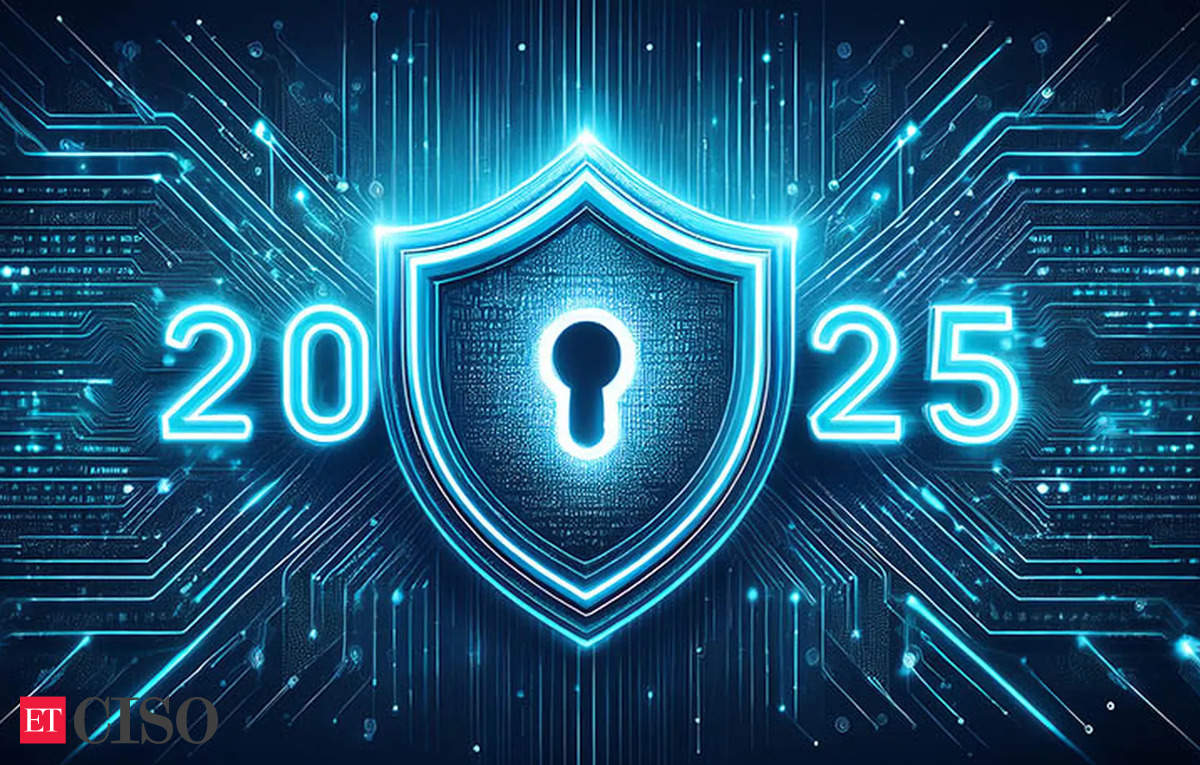A significant geomagnetic storm is expected to impact Earth tonight, following the Sun’s release of a massive solar flare in our direction. In addition to a potential radio blackout, the storm may also bring a spectacular display of the aurora borealis to parts of North America.
The National Oceanic and Atmospheric Administration (NOAA) has predicted that the Northern Lights will be visible in North America on Friday night and will continue from Saturday night into early Sunday morning. The best viewing opportunities will be in northern Canada and Alaska, while parts of northeastern Washington, northern Idaho, Montana, North Dakota, northern Minnesota, Upper Michigan, northern Wisconsin, and northern Maine have a lower chance of witnessing the phenomenon.

According to NOAA’s forecast map, which displays the predicted brightness and location of the aurora as a green oval centered on Earth’s magnetic pole, the green areas indicate the expected intensity of the aurora, shifting to red where it is anticipated to be more intense.
Geomagnetic storms have the potential to trigger auroras on Earth when solar radiation interacts with the planet’s atmosphere, resulting in spectacular light displays in the sky.
Recently, Earth has experienced a surge in strong solar events, including solar flares and coronal mass ejections, as the Sun approaches solar maximum, a period of heightened activity in its 11-year cycle. This week alone, a strong G3 storm on Wednesday triggered auroras across parts of the U.S., followed by another G3 event on Thursday.
How to see the Northern Lights
The Northern Lights are not visible during the day and are best observed between the hours of 10 p.m. and 2 a.m. To increase the chances of spotting them, it is recommended to find a high, north-facing vantage point and distance oneself from any artificial light sources.
In preparation for this weekend’s event, it is advisable to check NOAA’s 30-minute forecast page, which provides a 30 to 90 minute forecast of the location and intensity of the auroras.
Source Link





